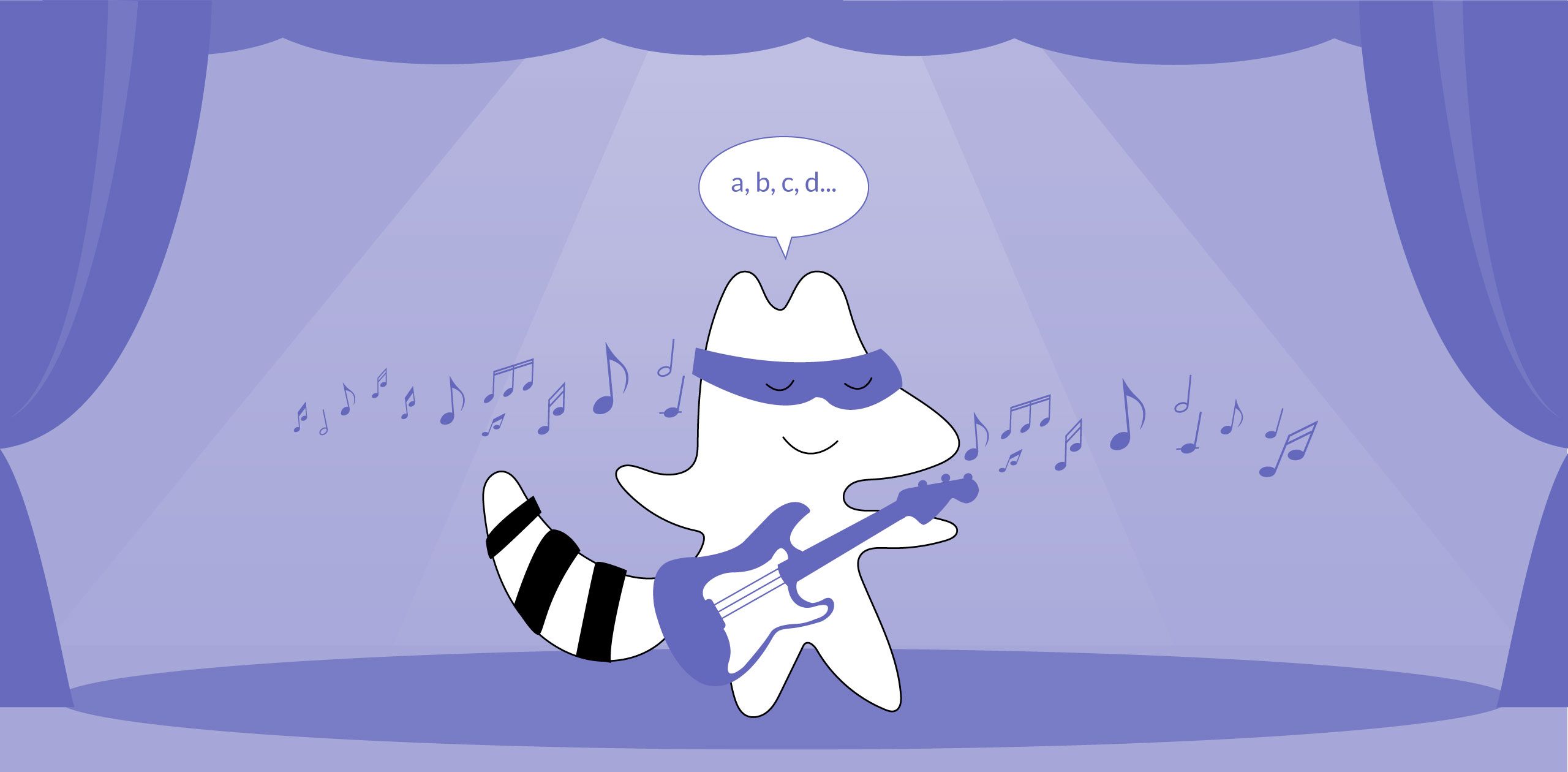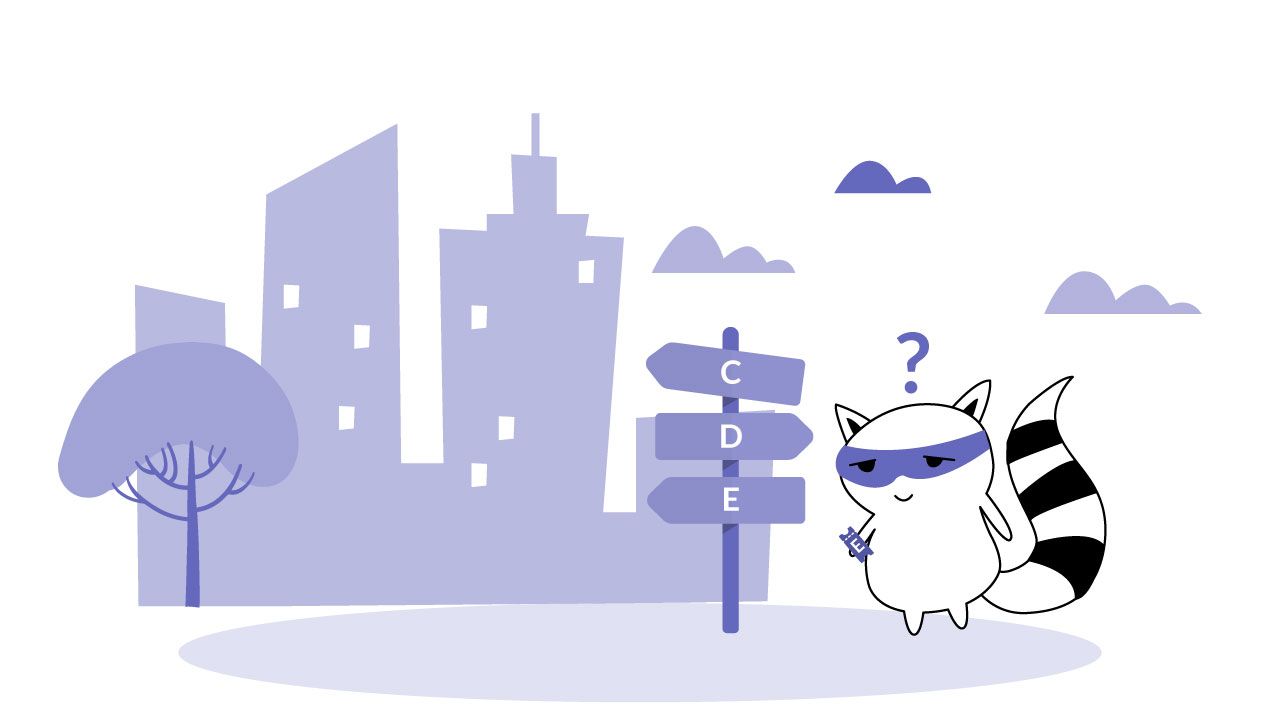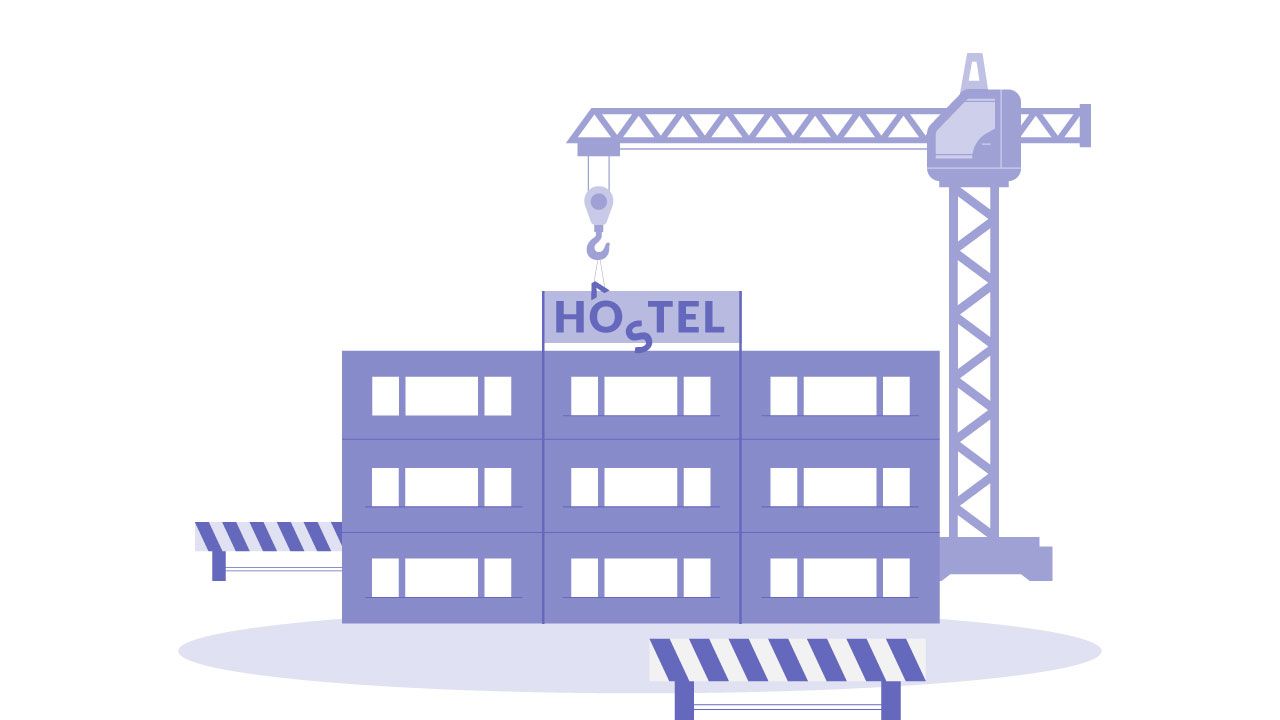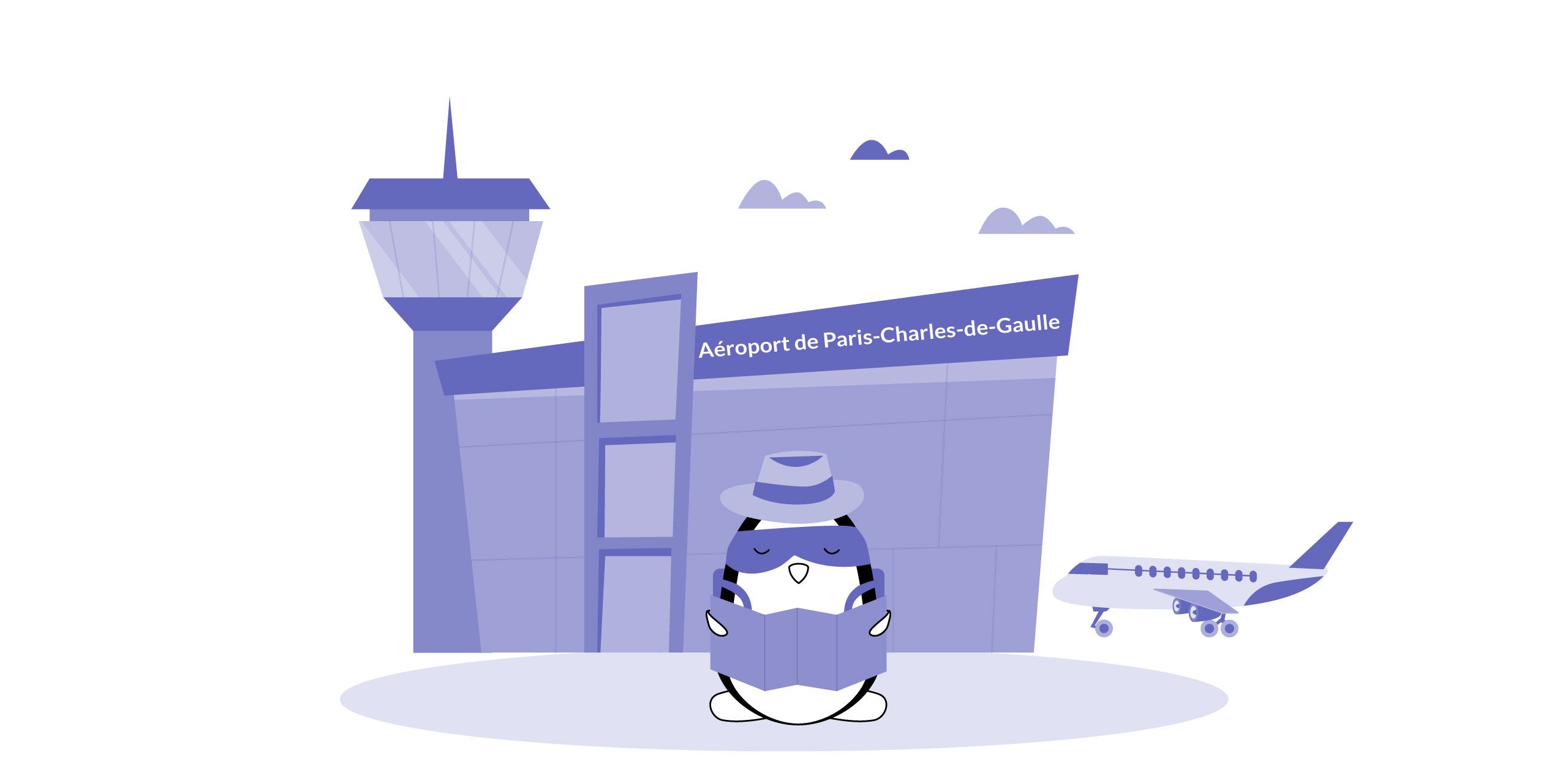
Many language teachers start their first class with the basics like the alphabet. However, while this approach has some benefits, it’s not super helpful in many cases. When starting your journey with the French language, it might not be the best idea to learn the alphabet first.
That doesn’t mean that you shouldn’t learn the French alphabet at all. Instead, we think that there are some more important things beginning learners should start with - basic vocabulary, pronunciation, conjugations, etc.
After all, French and English alphabets are similar - if some sounds are different, you will learn that along the way.
Learn French with Langster
When you already know the basics - for example, when you’ve checked our A1 grammar points and read some articles on basic vocabulary (such as saying hello in French) - then you might enjoy focusing more on the French letters and what they sound like.
This will allow you to spell and pronounce French words better and find the structure behind the seemingly unpronounced letters and diphthongs, which will significantly ease learning new French words.
Of course, this method doesn’t work perfectly for everyone. So regardless of whether you already know some French basics or not, you still might find today’s article very helpful. Read on - we hope it helps you grasp the inner structure of French spelling.
Why Learn French Alphabet at All?
The French alphabet is pretty similar to the English one - they share the same letters, and some of them even make similar sounds. This means that in the beginning, when you’re just starting to learn French, you don’t need to get familiar with the alphabet. If you already know English, you shouldn’t have problems understanding French letters.
However, this doesn’t mean that you shouldn’t learn the French alphabet at all. If you plan on going to France or communicating with the native French speakers, you will need to use and pronounce the letters of the French alphabet pretty often - for example, when signing into the hotel, ordering food, or spelling your name to your new colleague.
There are also some other reasons why learning the French alphabet is a must:
1. It Can Help You Avoid Confusion
While French letters and words might look similar to English, they often make very different sounds. This means that even if you seem to understand how to say a certain word, it might not sound the way it looks.
In French, some letters are pronounced differently depending on their place in the word and the accent they’re used with, and combinations of letters can sometimes be pronounced in unexpected ways.
Unless you know how to pronounce the letters in the French alphabet, you might get confused often and say something incorrectly. And even one wrong letter can significantly alter the meaning of the whole word.
2. It Will Help You with the Spelling
Because of the things mentioned above, writing and reading in French can become quite a problem for beginners. Many letters and letter combinations can sound similar - and it can make the learning process very challenging.
Learning the alphabet and French pronunciation of different letters, diphthongs, and other combinations will definitely ease the process and help you master writing and reading in a shorter time.
3. It Will Improve Your Pronunciation
Many English speakers have problems pronouncing French words with the right accent. Focusing on the separate sounds when learn French pronunciation will help you catch the difference between languages better and thus speak more like a native.
Moreover, learning the French alphabet and repeating it before each French lesson will help you warm up and adjust to the new way of speaking quickly.
4. French Use Letters in a Number of Ways
Even if a correct French accent and pronunciation are not your main goals (although you definitely should work on them), you will have to use the French alphabet on a daily basis if you go to France.
The thing is, French people use letters of the alphabet in many ways, including marking the isles in the supermarkets, classifying wings in important buildings by letters, or using door codes to enter the buildings.
The French also love acronyms - abbreviations formed from the initial letters of other words and pronounced as a word. For example, SNCF (Société nationale des chemins de fer), is the national train company, and BD (Bande Dessinée) - comic books.
With this in mind, knowing how to pronounce the letters of the French alphabet will certainly come in handy in France.

French Alphabet: The Basics
Just like in English, the alphabet in French consists of 26 letters that go in the same order as the English Alphabet. They also can be upper-case (majuscule) or lower-case (minuscule). And that’s where the similarities end.
Many letters in the French language have variants – accents or other symbols added to them that affect their pronunciation. They are not included in the alphabet - but we’ll get to that later.
French Alphabet Letter by Letter With Audio
Now, take a look at the table below. Listen to the native pronunciation of the letters - and then repeat and learn how to pronounce the French alphabet along the way.
| Letter | Pronunciation |
|---|---|
| A | ah |
| B | bay |
| C | say |
| D | day |
| E | euh |
| F | ef |
| G | zjay |
| H | ash |
| I | ee |
| J | zhee |
| K | kah |
| L | el |
| M | em |
| N | en |
| O | oh |
| P | pay |
| Q | coo (hard "c) |
| R | er |
| S | es |
| T | tay |
| U | oo |
| V | vay |
| W | doo-bluh-vay |
| X | eeks |
| Y | ee-greck |
| Z | zed |
| Letter | Pronunciation |
|---|---|
| A | ah |
| B | bay |
| C | say |
| D | day |
| E | euh |
| F | ef |
| G | zjay |
| H | ash |
| I | ee |
| J | zhee |
| K | kah |
| L | el |
| M | em |
| N | en |
| O | oh |
| P | pay |
| Q | coo (hard "c) |
| R | er |
| S | es |
| T | tay |
| U | oo |
| V | vay |
| W | doo-bluh-vay |
| X | eeks |
| Y | ee-greck |
| Z | zed |
French Accent Marks
In French, there are also five accent marks that change the way the words are pronounced. Take a look at the table below and then let’s discuss the letters they’re used with separately:
| Name | Symbol | French Letters It Can Go On |
|---|---|---|
| Accent Aigu (acute accent) | ´ | e |
| Accent Grave (grave accent) | ` | a, e, u |
| Circumflex | ˆ | a, e, i, o, u |
| Trema | ¨ | e, i, u |
| Cedilla | ¸ | c |
| Name | Symbol | French Letters It Can Go On |
|---|---|---|
| Accent Aigu (acute accent) | ´ | e |
| Accent Grave (grave accent) | ` | a, e, u |
| Circumflex | ˆ | a, e, i, o, u |
| Trema | ¨ | e, i, u |
| Cedilla | ¸ | c |
E with Accents

E is the only French letter that is used with almost all accents, excluding cedilla.
E with accent aigu (acute accent) - é - denotes the pronunciation /e/ (as “e” in “hey”) and is used when this sound is required, but the general rules request otherwise. For example, un été (summer).
E with an accent grave (grave accent) - è - denotes the pronunciation /ɛ/ (the open “e,” as in “bet”) and is used to make it clear that an “e” is not silent and isn’t reduced to /ə/ (uh). For example, père (father) or j’achète (“I buy,” with the conjugated verb acheter, where the first “e” is silent).
E with an accent circumflex - ê - is used with the letter that originally was followed by another letter which disappeared with the introduction of the modern spelling. For example, in être (to be), which was originally written as estre.
E with an accent tréma - ë - simply means that the letter has to be pronounced as /ɛ/ regardless of what surrounds it - for example, in Noël (Christmas).
A with Accents
A with an accent grave - à - emphasizes the letter’s sound, such as in voilà. Used by itself, it is also the word for “to.”
A with an accent circumflex - â - is similar to ê. It’s used in place of the original combination that disappeared in the modern spelling.
I with Accents
I with an accent tréma - ï - just like ë is used to emphasize the sound of the letter and suggest that it is pronounced apart from those around it. For example, it appears in the word naïve.
I with an accent circumflex - î - is also a remnant of the past and is rarely used today. It appears, for instance, in the word naître (birth).
U with Accents
U with an accent grave - ù - is used only to differentiate the words ou (or) and où (where).
U with an accent circumflex - û - is rarely used today, for example, in the word dû (past participle of devoir, “to have to”).
And u with an accent tréma - ü - is also hardly ever used, and indicates that the letter is pronounced apart from those around it.
O with an Accent Circonflexe
O with an accent circonflexe - ô - has two functions.
First, it can indicate that the letter is pronounced [o] rather than [ɔ]. And second, it can be a remnant of the old combination - os - in its place earlier. For example, in hôtel.

C Cedille
The cedilla used with the letter “c” gives it a soft, s-like sound regardless of the pronunciation rules - like, for example, in the word garçon (boy).
French vs. English Pronunciation Differences
Apart from the French accents, there are several other pronunciation differences between English and French alphabets. Those are often the reason for confusion in pronunciation and complications that beginning learners encounter when they start speaking.
Letter H
In French, there are two h sounds: h aspiré and h muet. In writing, they look the same, which can create some additional challenges for the French learners. Here are two general rules:
If the word that starts with an h, has Latin origins, the h is always muet like in the word hôtel. This means that if the word is predicted by a definite article, they will combine, so you will use l’ before the word. And if the article is plural, les, a liaison will occur, so the s sound will be pronounced as [z]. For example, l’hôtel and les hôteles (hotel and hotels).
On the other hand, if the word that starts with an h is derived from any other language than Latin, the h will be aspirated - pronounced separately from the articles. For example, les hamacs (hammocks) or la hache (the axe).
Of course, it’s hard to differentiate the h sounds on the go. To avoid confusion, we recommend memorizing the words that begin with h aspiré as you come across them during the learning process.
Letters G and J
These two consonant sounds are switched as opposed to the English alphabet - j is pronounced similarly to the letter “g” in English, and vice versa. This is something you will have to get used to - and trust us, French people hate that just English speakers do.
J sound appears, for example, in the word je (me) or jardin (garden).
The situation with the g sound is a little more complicated. It actually can be pronounced in two different ways. Soft g - [ʒ] - pronounced the same way as [j], will appear in front of e, i, or y.
On the other hand, hard g, [g] pronounced like g in “gold,” will be used in front of a, u, o, or consonant.

Final Thoughts: When to Learn French Alphabet
The French alphabet is an essential thing to learn when starting your journey with the French language. It can significantly ease the process of reading and spelling in French, as well as helping you speak better and improve your accent. It’s also highly practical in case you plan on going to France.
However, this doesn’t mean that you should focus on the French alphabet right after deciding to learn this language. While learning the French alphabet will help you get the pronunciation rules better, it might also overload the language learning process.
Instead, it might be helpful to stick to the basic vocabulary and grammar first - and continue to the alphabet when you know a few things already. You can also check our pronunciation guide to fill in the gaps.
Don’t forget to practice. Learn the alphabet song in French, read more (for example, in our app), speak more - and you should master the alphabet in no time.









